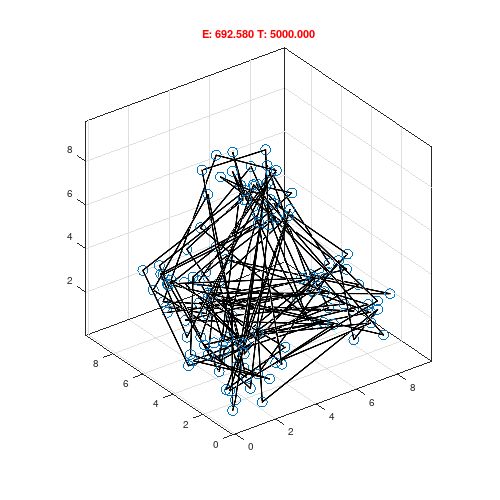
"Ever tried extracting a polygonal mesh from a 3D discrete scalar field? No? Well, back in 1987, two programmers at General Electric did - and they ended up inventing the Marching Cubes algorithm."
"In this story, we're diving into ten of the weirdest, most brilliant algorithms ever devised - ones that help search billions of lines of code in milliseconds, generate infinite maps from nothing, and turn quantum weirdness into practical logic."
"Imagine you're designing a side-scrolling video game map. You want the world to feel handcrafted but also go on forever... The algorithm 'collapses' that uncertainty."
"It's randomness with a purpose, all without a single piece of generative AI. It's just weird, beautiful logic."
The article highlights the significance of algorithms, particularly focusing on the Marching Cubes algorithm developed in 1987 that enables 3D visualization from medical scans. It emphasizes how algorithms transform abstract data into meaningful applications, with examples of brilliant algorithms such as Wave Function Collapse and Diffusion Model. These algorithms not only enhance gaming and AI but also display a blend of complexity and simplicity, marrying randomness with structured design. The article celebrates the innovative spirit behind these computational techniques that merge science with creativity.
Read at Hackernoon
Unable to calculate read time
Collection
[
|
...
]